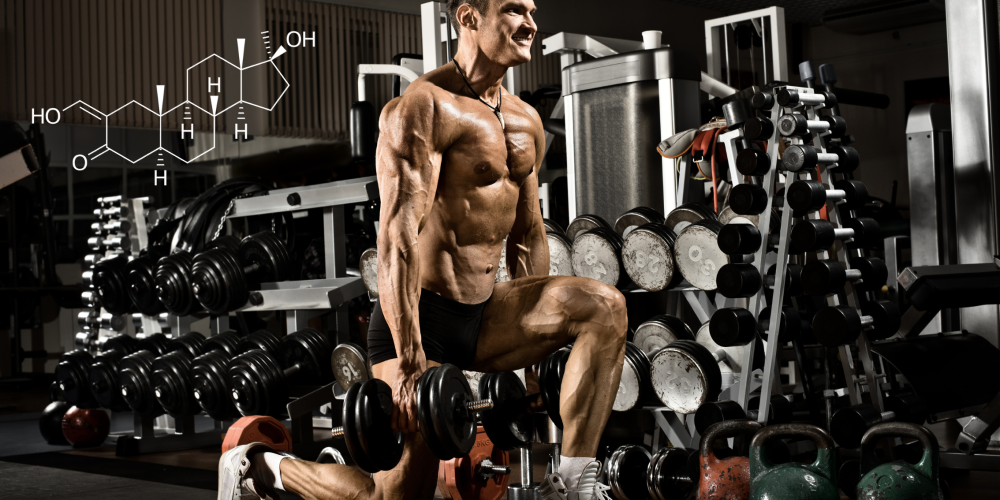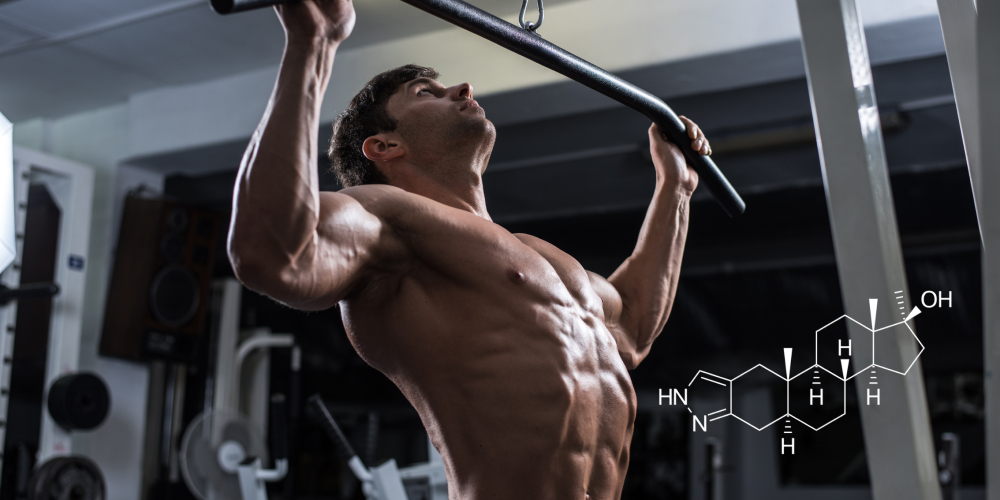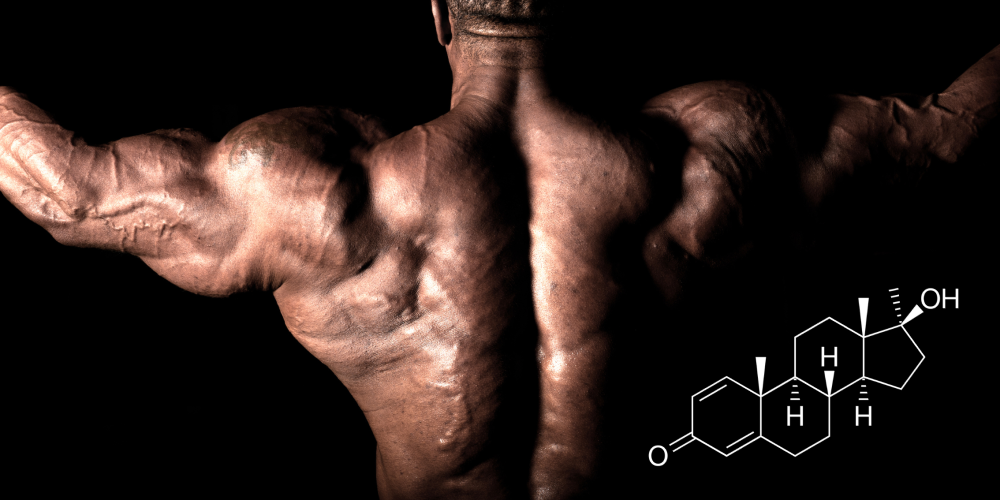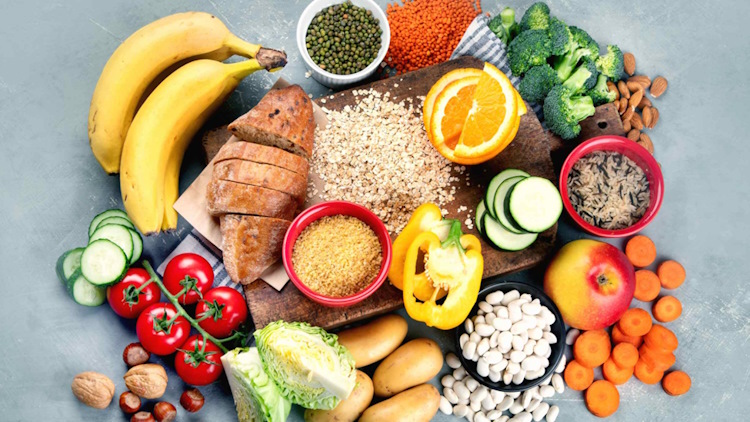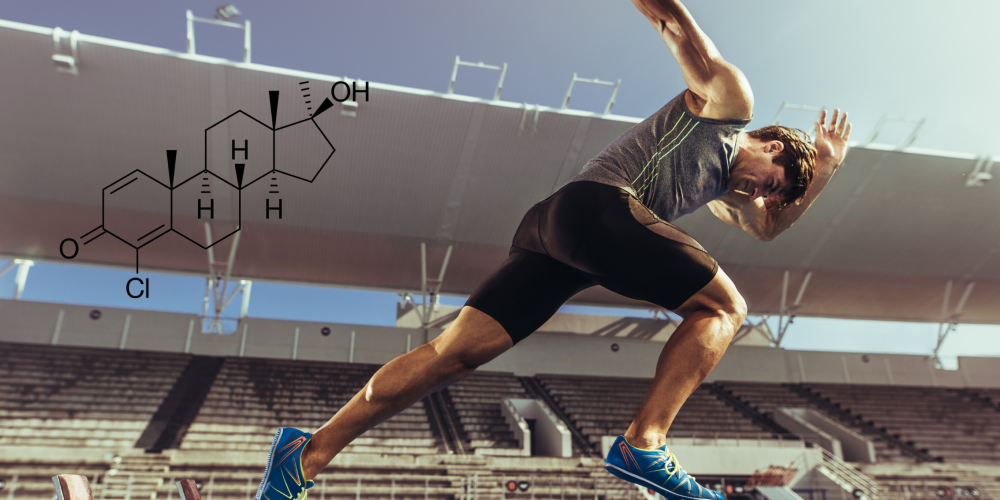Take Your Squats to the Next Level with Iso-Holds
Squats are one of the best exercises for building strength and size in your lower body. But if you want to take your squat game to the next level, you might want to try adding some iso-holds to your routine. Iso-holds are a type of isometric training, which means you contract your muscles without moving your joints. This can have some amazing benefits for your quads, as well as your overall squat performance.
In this article, we will explain what iso-holds are, how they work, and how to implement them into your squat workout. We will also share some of the scientific evidence behind this technique and why it can help you achieve serious gains in your quad development.
What Are Iso-Holds?
Iso-holds are a technique where you hold a static position for a certain amount of time between sets of squats. For example, after completing a set of back squats, you would sit down and extend your legs out straight as if you were doing a leg extension. You would then squeeze your quads as hard as possible for 30 seconds, before resting for another 90 seconds and repeating the process.
The idea behind iso-holds is to increase the time under tension and metabolic stress on your muscles, which are two key factors for muscle growth. By holding a contracted position, you also reduce the elastic energy stored in your muscles, which means you have to work harder to overcome the inertia and move the weight in the next set.
Iso-holds can be done with different body parts and exercises, but they are especially effective for the quads and squats. This is because the quads are one of the most responsive muscle groups to isometric training, and squats are one of the most challenging exercises to perform with good form and full range of motion.
How Do Iso-Holds Work?
Iso-holds work by stimulating different types of muscle fibers and creating more muscle damage and growth. According to a study by Brad Schoenfeld and Bret Contreras (https://powerliftingtechnique.com/isometric-squat/), iso-holds can activate both type I (slow-twitch) and type II (fast-twitch) muscle fibers, which are both important for strength and hypertrophy.
Type I fibers are more resistant to fatigue and can sustain longer contractions, while type II fibers are more powerful and explosive but tire quickly. By combining both types of fibers in one exercise, you can maximize the stimulus for muscle growth.
Iso-holds also create more micro-tears in your muscle tissue, which leads to more repair and growth. This is because when you hold a contracted position, you create more occlusion or blood flow restriction in your muscles. This deprives them of oxygen and nutrients, which causes a buildup of metabolic waste products such as lactate and hydrogen ions.
These waste products trigger an anabolic response in your body, which increases the release of growth hormone and other factors that promote muscle growth. They also increase the sensitivity of your muscle cells to insulin, which helps them absorb more glucose and amino acids from the blood.
Additionally, iso-holds can improve your neuromuscular efficiency and coordination, which means you can recruit more muscle fibers and generate more force in your movements. This can translate into better performance and strength gains in your squats.
What Does The Science Say?
There is some scientific evidence to support the benefits of iso-holds for quad development and squat performance. In the study by Schoenfeld and Contreras, 26 male lifters were divided into two groups: one group performed sets of back squats and leg presses with 30-second iso-kinetic holds between each set (the iso-hold group), while the other group performed the same exercises without any holds (the control group).
Both groups followed an eight-week training program with three sessions per week. The researchers measured their muscle thickness, body composition, strength, power, endurance, and sprint performance before and after the intervention.
The results showed that both groups improved their strength, power, endurance, and sprint performance over time. However, the iso-hold group experienced significantly greater increases in muscle thickness in their quads compared to the control group (6.8% vs 3.5%). The iso-hold group also had greater improvements in their 1RM back squat (18% vs 10%) and leg press (23% vs 16%) than the control group.
The researchers concluded that iso-holds can enhance muscle hypertrophy and strength gains in trained individuals when combined with traditional resistance training exercises.
Another study by Contreras and colleaguescompared the effects of three different squat variations on muscle activation and performance. The variations were: back squats with no pause, back squats with a three-second pause at the bottom, and back squats with a three-second pause at a quarter-squat position.
The researchers found that the pause squats elicited greater muscle activation in the quads, glutes, and hamstrings than the no-pause squats. They also found that the quarter-squat pause squats produced the highest peak force and power output among the three variations.
The researchers suggested that pause squats can be used to increase the difficulty and effectiveness of the squat exercise, and that quarter-squat pause squats can be especially beneficial for improving explosive strength and power.
How To Implement Iso-Holds Into Your Squat Workout
If you want to try iso-holds in your squat workout, here are some tips and guidelines to follow:
- Choose a weight that is about 60-80% of your 1RM for the squat exercise. You don’t want to go too heavy or too light, as this can compromise your form and safety.
- Perform 3-5 sets of 6-10 reps of squats, resting for 2-3 minutes between sets. You can use any squat variation that you prefer, such as back squats, front squats, or goblet squats.
- After each set of squats, perform a 30-second iso-hold for your quads. You can do this by sitting down and extending your legs out straight in front of you, or by using a leg extension machine if you have access to one. Squeeze your quads as hard as possible for the entire duration of the hold.
- Rest for another 90 seconds after the iso-hold before starting the next set of squats. This will give you enough time to recover and prepare for the next set.
- You can do iso-holds once or twice per week as part of your lower body workout. You don’t want to do them too often, as this can lead to overtraining and burnout. You also want to vary your routine and use other techniques and exercises to keep your muscles challenged and stimulated.
Best Exercises For Iso-Holds
While iso-holds can be done with any muscle group and exercise, some are more suitable and effective than others. Here are some of the best exercises for iso-holds:
- Squats: As we discussed above, squats are one of the best exercises for building lower body strength and size, and iso-holds can enhance their benefits even more. You can do iso-holds with any squat variation, such as back squats, front squats, goblet squats, or split squats. You can also adjust the height of the safety pins or use a box to change the range of motion and target different parts of your quads.
- Deadlifts: Deadlifts are another great exercise for developing your posterior chain, which includes your glutes, hamstrings, lower back, and traps. Iso-holds can help you overcome your sticking points in the deadlift, such as breaking the floor or locking out at the top. You can do iso-holds with any deadlift variation, such as conventional deadlifts, sumo deadlifts, Romanian deadlifts, or trap bar deadlifts. You can also use bands or chains to add more resistance at different points of the lift.
- Bench Press: Bench press is one of the best exercises for building upper body strength and size, especially in your chest, shoulders, and triceps. Iso-holds can help you improve your stability and control in the bench press, as well as increase your time under tension and muscle damage. You can do iso-holds with any bench press variation, such as flat bench press, incline bench press, decline bench press, or dumbbell bench press. You can also use different grips or angles to target different parts of your chest.
- Pull-Ups: Pull-ups are one of the best exercises for developing your back, biceps, and forearms. Iso-holds can help you increase your endurance and strength in the pull-up, as well as improve your grip strength and scapular stability. You can do iso-holds with any pull-up variation, such as chin-ups, wide-grip pull-ups, neutral-grip pull-ups, or towel pull-ups. You can also use different hand positions or widths to target different parts of your back.
Conclusion
Iso-holds are a simple but powerful technique that can boost your quad development and squat performance. By holding a contracted position for 30 seconds between sets of squats, you can increase the time under tension, metabolic stress, and muscle activation in your quads. This can lead to greater muscle growth, strength, and power.
Iso-holds can also improve your form, stability, and efficiency in the squat, as well as help you overcome your sticking points. You can use iso-holds with any squat variation and adjust the height of the safety pins or use a box to target different parts of your quads.
Iso-holds are not for everyone, though. They can be challenging and demanding, and they require proper technique and safety precautions. You also don’t want to overdo them, as this can lead to overtraining and burnout. You should use iso-holds sparingly and vary your routine with other exercises and techniques.
If you’re looking for a way to spice up your squat workout and see some serious gains in your quad size and strength, give iso-holds a try. You might be surprised by the results!



